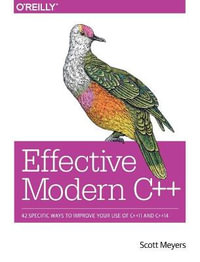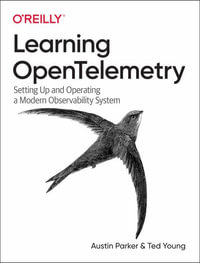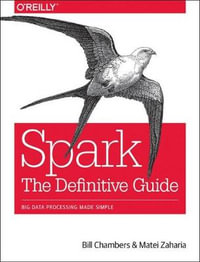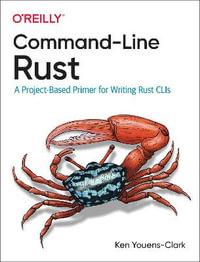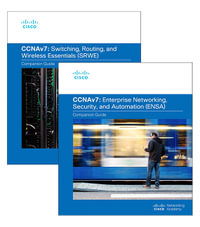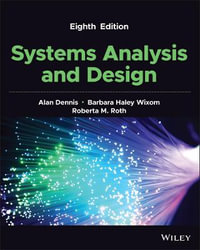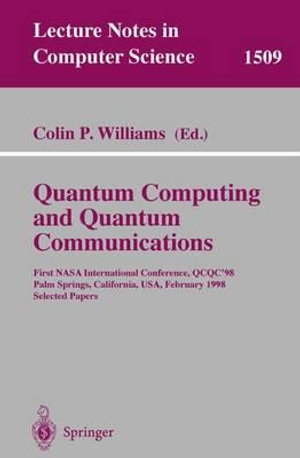
Quantum Computing and Quantum Communications
First NASA International Conference, Qcqc '98, Palm Springs, California, Usa, February 17-20, 1998, Selected Papers
By: Colin P. Williams (Editor)
Paperback | 26 May 1999
At a Glance
Paperback
$111.38
Aims to ship in 7 to 10 business days
When will this arrive by?
Enter delivery postcode to estimate
ISBN: 9783540655145
ISBN-10: 354065514X
Series: Lecture Notes in Computer Science
Published: 26th May 1999
Format: Paperback
Language: English
Number of Pages: 480
Audience: General Adult
Publisher: Springer
Country of Publication: DE
Dimensions (cm): 23.5 x 15.88 x 2.54
Weight (kg): 0.69
Shipping
| Standard Shipping | Express Shipping | |
|---|---|---|
| Metro postcodes: | $9.99 | $14.95 |
| Regional postcodes: | $9.99 | $14.95 |
| Rural postcodes: | $9.99 | $14.95 |
How to return your order
At Booktopia, we offer hassle-free returns in accordance with our returns policy. If you wish to return an item, please get in touch with Booktopia Customer Care.
Additional postage charges may be applicable.
Defective items
If there is a problem with any of the items received for your order then the Booktopia Customer Care team is ready to assist you.
For more info please visit our Help Centre.
You Can Find This Book In
This product is categorised by
- Non-FictionEngineering & TechnologyElectronics & Communications EngineeringCommunications Engineering & Telecommunications
- Non-FictionComputing & I.T.Computer HardwareMainframes & Minicomputers
- Non-FictionMedicineMedicine in General
- Non-FictionComputing & I.T.Computer Programming & Software Development
- Non-FictionComputing & I.T.Computer SecurityData Encryption
- Non-FictionReference, Information & Interdisciplinary SubjectsResearch & InformationCoding Theory & Cryptology
- Non-FictionComputing & I.T.DatabasesData Capture & Analysis
- Non-FictionScienceScience in GeneralHistory of Science
- Non-FictionSciencePhysicsQuantum Physics & Quantum Mechanics & Quantum Field Theory
- Non-FictionComputing & I.T.Computer ScienceSystems Analysis & Design

